Many online stores attract visitors but struggle to convert them into buyers. If your ecommerce website optimization isn’t delivering the results you want—despite healthy traffic—there are specific obstacles you need to address. In this guide, we’ll explore the most common stumbling blocks and share actionable solutions to increase online sales, reduce cart abandonment, and implement winning ecommerce marketing strategies.
Streamline Your Site Navigation
Cluttered menus and buried links frustrate shoppers and drive them away. A clear, intuitive structure guides visitors directly to products and information.
Start by auditing your main menu: limit top‐level categories to the essentials and move secondary pages—like returns or FAQs—to your footer. Ensure your search bar is prominently visible and delivers accurate results. Use descriptive labels (“Men’s Running Shoes” instead of “Footwear”) so customers instantly know where to click. When navigation feels like a straight path instead of a maze, you set the stage for ecommerce website optimization and pave the way to increase online sales.
Enhance the Mobile Shopping Experience
More than half of all ecommerce visits come from mobile devices. If your site isn’t fully responsive—resizing elements, keeping buttons finger-friendly, and loading quickly on varied connections—you’re losing a huge audience.
Test your store on multiple phones and tablets, then optimize images with modern formats (WebP), implement lazy loading, and remove unnecessary scripts. Simplify your layout so that on smaller screens, product images and “Add to Cart” buttons remain front and center. A flawless mobile experience is non-negotiable for ecommerce website optimization and will directly increase online sales.
Build Trust with Professional Branding
Trust is the currency of ecommerce. Amateurish design, generic stock photos, and missing policy pages erode confidence and trigger abandoned carts.
Invest in a polished logo and consistent color palette. Use high-resolution, lifestyle product images that show real use cases. Clearly link to shipping, returns, and privacy policies from every page. During checkout, display security badges and accepted payment icons. These trust signals reassure shoppers, helping you reduce cart abandonment and boost overall conversion rates.
Connect with Your Target Audience
Generic messaging rarely resonates. To truly engage, you must speak directly to your ideal customer’s needs and motivations.
Analyze your best-performing segments: Are they value-driven bargain seekers or trend-focused luxury buyers? Tailor your homepage banners, product descriptions, and promotional offers to match their interests. By aligning your content and imagery with a well-defined persona, you sharpen your ecommerce marketing strategies and significantly increase online sales by appealing to the right crowd.

Craft Persuasive, Benefit-Driven Copy
Your product descriptions should function as a virtual salesperson, highlighting benefits over features. Instead of “Cotton T-shirt, 180 GSM,” lead with “Stay Cool All Day in Our Breathable Cotton Tee.”
Use vivid storytelling to place shoppers in scenarios where the product enhances their life. Sprinkle in social proof—“Join 5,000+ happy customers”—and employ scarcity when appropriate (“Only 3 left in stock”). Compelling copy is a cornerstone of ecommerce website optimization and a proven way to reduce cart abandonment.
Simplify and Optimize Checkout Process
Even with great products, a cumbersome checkout can derail sales at the last moment. Complex multi-step forms, forced account creation, and hidden fees are the top checkout killers.
Consolidate fields onto a single page, allow guest checkout, and display total costs (including shipping and taxes) up front. Offer multiple payment options—credit cards, PayPal, digital wallets—and use clear, contrasting buttons for “Place Order.” Visual progress indicators reassure shoppers they’re almost done. A seamless checkout flow is vital to reduce cart abandonment and increase online sales.
For a deep dive into proven checkout UX best practices and common pitfalls, see Baymard Institute’s “E-Commerce Checkout Usability” research.
Reevaluate Your Shipping Strategy
Unexpected shipping costs are one of the leading reasons shoppers abandon carts. Consider implementing free shipping thresholds (“Free shipping on orders over $75”) or flat-rate shipping displayed clearly at checkout.
If true free shipping isn’t feasible, bake a portion of the cost into your product price or offer tiered options (standard vs. expedited) so customers can choose. Always communicate delivery timeframes—“Arrives in 3–5 business days”—to manage expectations. A transparent shipping strategy strengthens trust and helps you optimize checkout process for higher conversions.
Implement Remarketing and Abandoned Cart Recovery
Not every visitor converts on the first visit. Remarketing allows you to re-engage those who showed interest but didn’t complete a purchase.
Set up automated email sequences for abandoned carts, offering reminders or small incentives (e.g., “Complete your order now for 10% off”). Combine this with targeted social media ads that feature the exact items they left behind. Well-timed remarketing is a cornerstone of effective ecommerce marketing strategies and can recapture up to 15% of otherwise lost revenue.
Leverage Data and Continuous Testing
Analytics are the backbone of ongoing ecommerce website optimization. Track key metrics—bounce rate, cart abandonment rate, average order value—to identify friction points.
Run A/B tests on headlines, product page layouts, call-to-action buttons, and checkout flows to discover what resonates best with your audience. Use heatmaps and session recordings to see where visitors click and where they drop off. A culture of continuous testing and refinement ensures you steadily increase online sales.
Integrate Advanced Technologies
Emerging tools can give you a competitive edge. AI-powered product recommendations suggest complementary items based on browsing history, optimize checkout process increasing average order value. Dynamic pricing engines adjust offers in real-time to match demand and inventory levels.
Consider multichannel listing software to synchronize stock across marketplaces like Amazon and eBay, opening new revenue streams. Personalized email automation platforms can send triggered campaigns centered on user behavior. Harnessing these innovations enhances your ecommerce website optimization and fuels scalable growth.

Close Out: Mastering Ecommerce Website Optimization
By tackling navigation, mobile experience, trust signals, audience alignment, persuasive copy, checkout simplicity, shipping transparency, remarketing, data-driven testing, and advanced tools, you build a robust foundation for sustained success. Prioritize these strategies to increase online sales, reduce cart abandonment, optimize checkout process, and execute powerful ecommerce marketing strategies. Begin implementing these changes today to transform your site into a high-performing sales engine.

